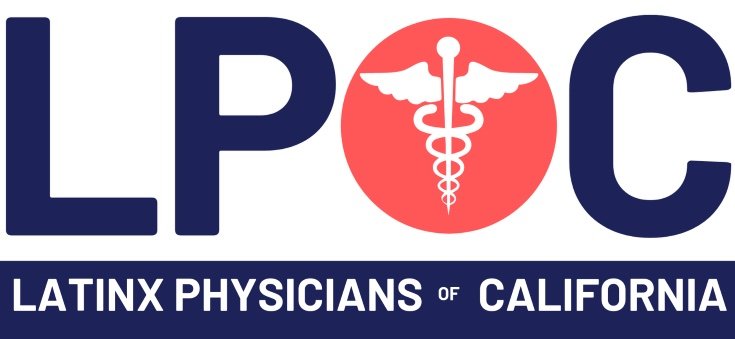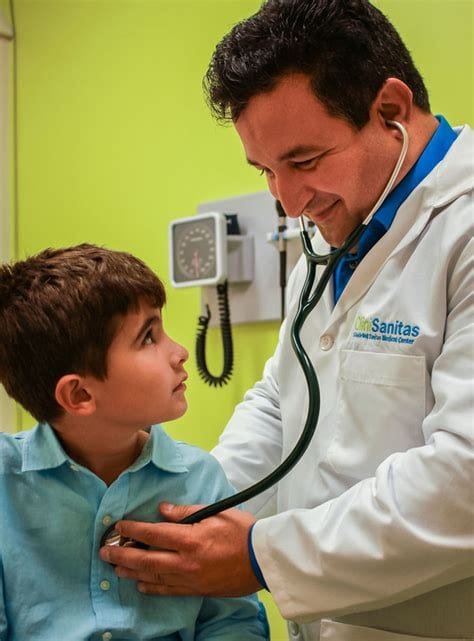ACEs Aware
Screening for Adverse Childhood Experiences
Screening for ACEs and toxic stress and providing targeted, evidence-based interventions for toxic stress can improve efficacy and efficiency of health care, better support individual and family health and well-being, and reduce long-term health costs.
How do you screen for ACEs?
An ACE screening evaluates children and adults for adverse childhood experiences experienced by age 18:
Abuse: physical, emotional, and sexual abuse
Neglect: physical and emotional neglect
Household dysfunction: parental incarceration, mental illness, substance use, parental separation or divorce, and intimate partner violence
The following screening tools must be used to obtain Medi-Cal payment – find links to the tools in English and Spanish below:
For Children & Adolescents (Ages 0 – 19) – Pediatric ACEs Screening and Related Life Events Screener (PEARLS), developed by the Bay Area Consortium on Toxic Stress and Health (BARC), a partnership between the Center for Youth Wellness, University of California, San Francisco (UCSF), and UCSF Benioff Children’s Hospital Oakland.
Providers receive a single Medi-Cal payment if the adolescent or their caregiver completes the tool. However, the best practice is for both the adolescent and the caregiver to each complete a tool. There are three versions of the tool based on age, reporter, and format:
PEARLS for children, for ages 0-11, to be completed by a caregiver
PEARLS for adolescents, for ages 12-19, to be completed by a caregiver
PEARLS for adolescents self-report tool, for ages 12-19, to be completed by the adolescent
For Adults – ACE Questionnaire for Adults, adapted from the work of CDC and Kaiser Permanente:
If an alternative version of the ACE Questionnaire for Adults is used, it must contain questions on the 10 original categories of ACEs to qualify. Visit the Screening Tools page to find the ACE Questionnaire for Adults compiled by the Office of the California Surgeon General and the Department of Health Care Services, in consultation with the ACEs Aware Clinical Advisory Subcommittee.
Note: For 18- and 19-year olds, either tool may be used. For patients 20 years and older, the adolescent self-report version of the PEARLS tool is also acceptable.
Medi-Cal payment is available for ACE screenings based on the following schedule:
Children and adolescents under age 21: Permitted for periodic ACE screening as determined appropriate and medically necessary, not more than once per year, per provider (per managed care plan).
Adults age 21 through age 64: Permitted once in their adult lifetime (through age 64), per provider (per managed care plan). Screenings completed while the person is under age 21 years do not count toward the one screening allowed in their adult lifetime.

